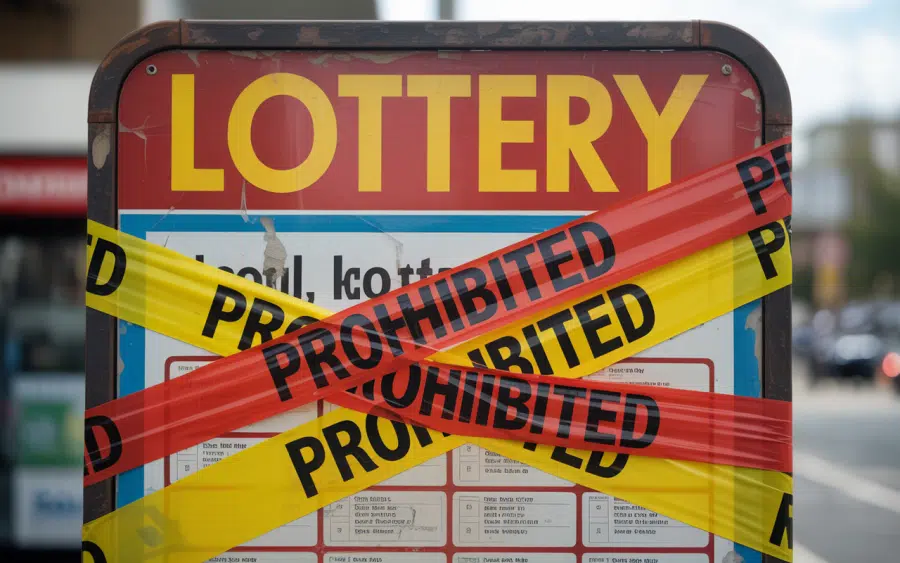We wanted to know which portable battery packs truly delivered on their promise of power. Our testing began with a fully drained iPhone Pro, specifically brought down to a critical 10% charge. Then, we unleashed the battery packs, meticulously tracking how much life each one could restore.
The scoring system was straightforward: we recorded the percentage the pack charged the phone *to*, then subtracted the initial 10%. Each model underwent this process at least twice to ensure consistent, reliable results. This isn’t a simulation of typical daily use, with fluctuating demands and varying conditions.
Instead, this method provides a standardized benchmark. It allows for a direct, apples-to-apples comparison between different battery pack models, cutting through marketing jargon and focusing on raw performance. The goal was to reveal which packs genuinely offered the most usable power.
When evaluating battery capacity, understanding Watt Hours (Wh) is far more insightful than simply looking at Milliamp Hours (mAh). mAh measures electrical charge, while Wh represents actual energy – the amount of power delivered over time. Energy is what truly matters when extending your phone’s runtime.
mAh figures can be misleading because they ignore battery voltage. Voltage dictates wattage, and higher wattage translates to greater stored power. A battery pack with the same mAh as another, but a higher voltage, will ultimately provide more usable energy to your device.
Apple’s MagSafe Battery Pack exemplifies this. Though rated at 1460mAh, its higher voltage (7.62V compared to the iPhone’s 3.81V) allows it to deliver significantly more power – effectively equivalent to 2920mAh. It’s a crucial distinction often overlooked.

Creating a magnetic power bank involves far more than just a battery. Efficient and rapid charging relies heavily on the quality of the wireless charging coils and the strength of the magnetic connection. These components work in harmony to maximize power transfer.
Wireless charging operates through electromagnetic induction. The transmitting coil within the power bank generates a magnetic field, which is then captured by the receiving coil inside the iPhone. Precise alignment of these coils, facilitated by strong magnets, is essential for optimal performance.
While magnetic wireless charging offers unparalleled convenience, eliminating the need for cables, wired connections generally provide faster charging speeds. For those prioritizing speed and not constantly on the move, traditional power banks remain a viable option.
Fortunately, most well-designed iPhone cases are compatible with MagSafe technology. These cases incorporate their own magnetic ring, ensuring a secure and efficient connection between the power bank and the iPhone’s internal charging coils.






